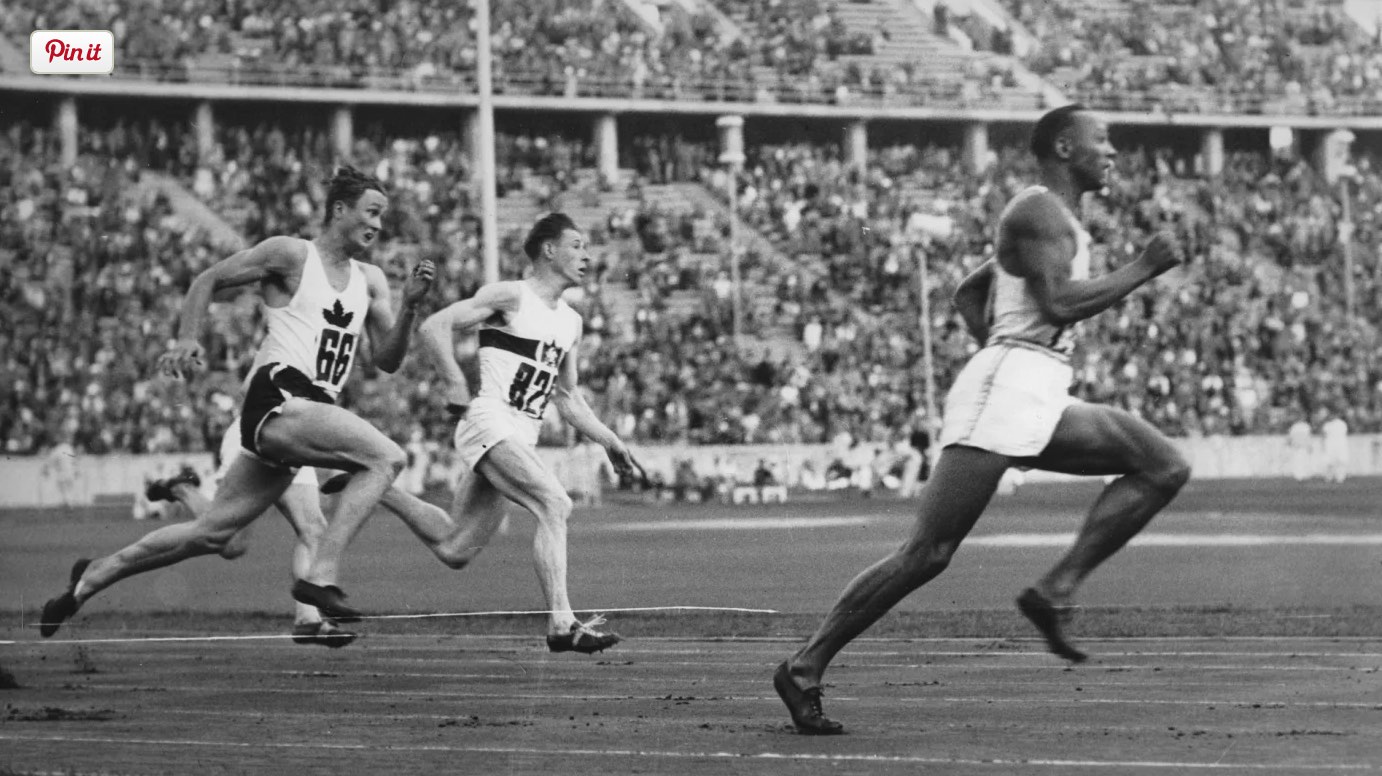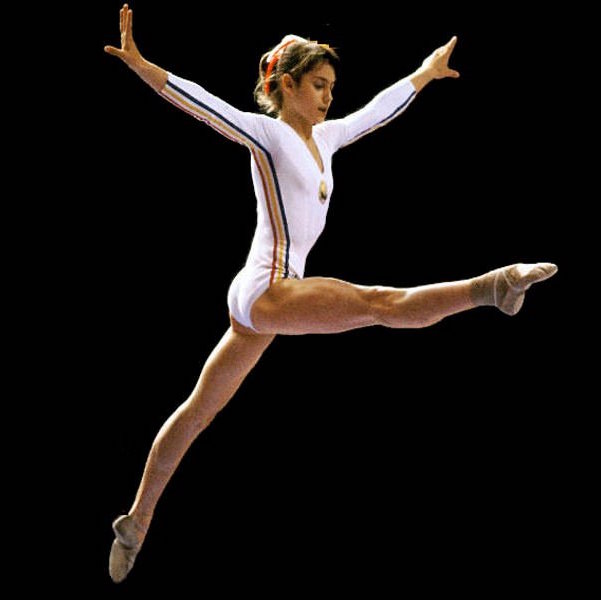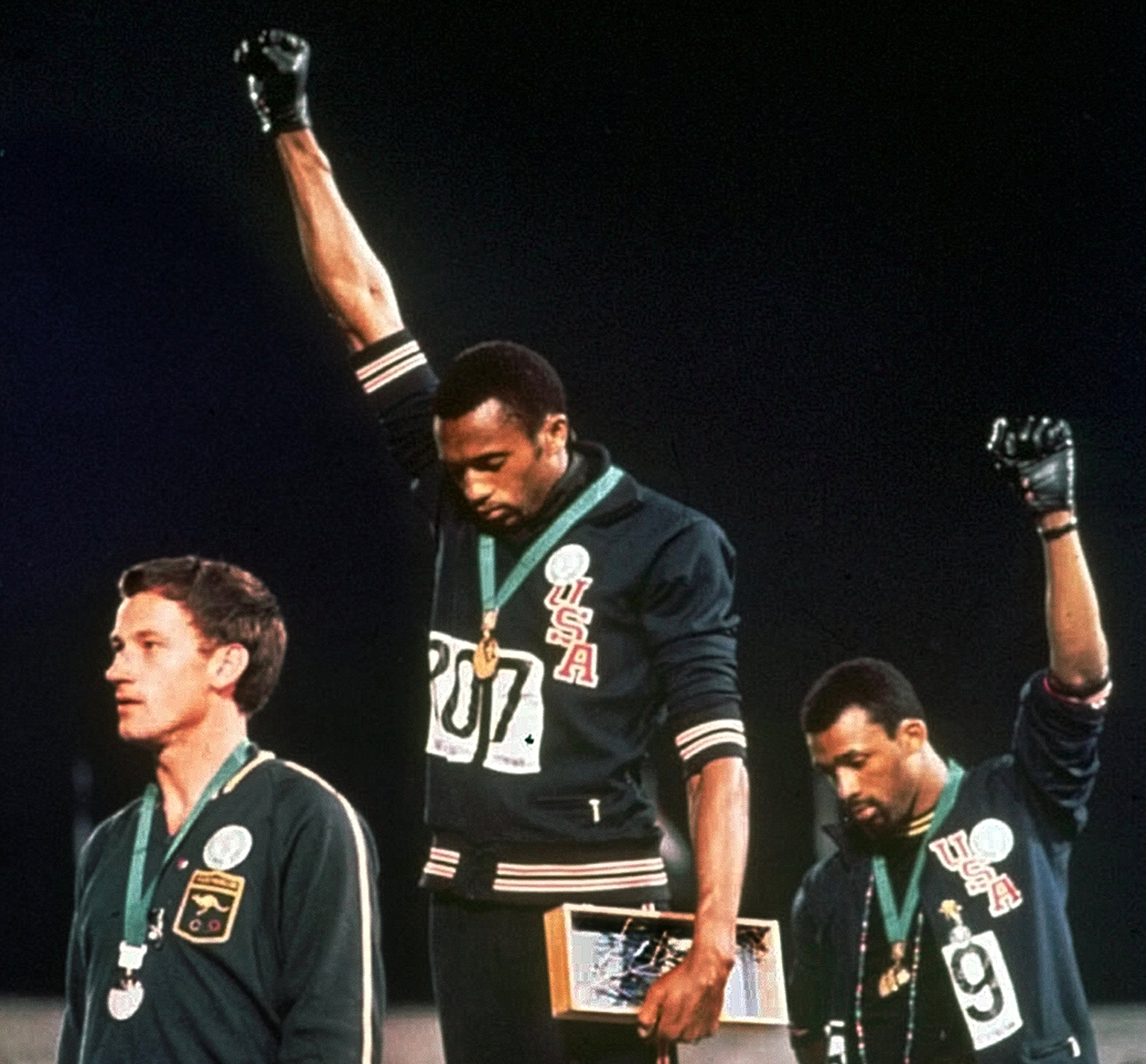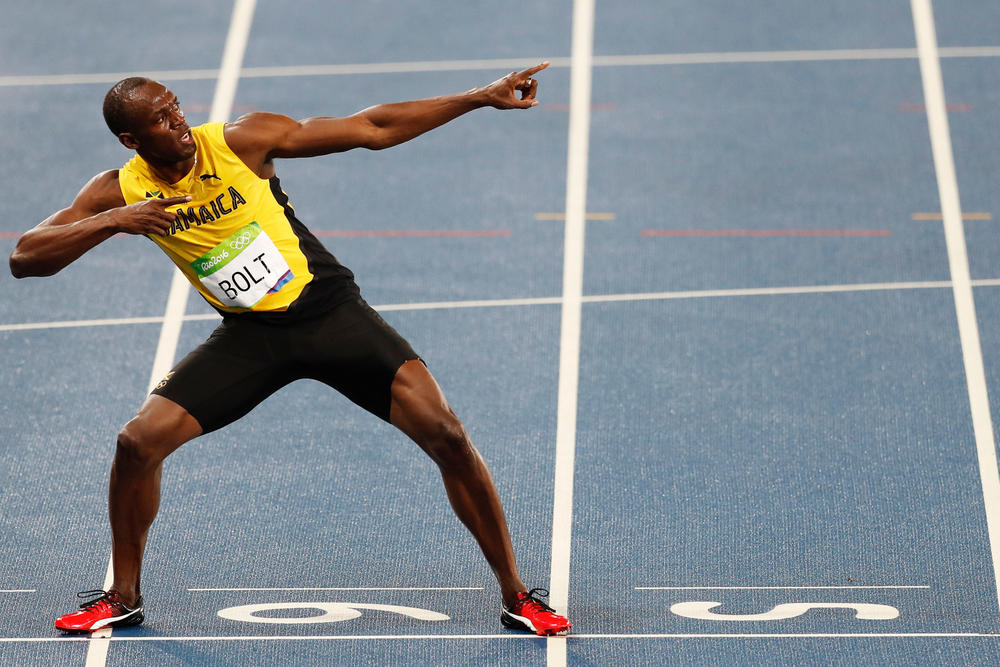LIST: 6 of the greatest Olympians that changed history
Lists are always contentious, even more so when they’re about the greatest in sports. Basketball fans and analysts can’t even agree on who the greatest player is.
The Olympics Games, however, have a different kind of impact. The greatest may not be holding the records anymore—but at some point they broke them and further pushed human endurance and, as cliché as it sounds, inspired everyone with their triumph.
Athletes in the Summer Olympics have had immeasurable social, cultural and historical impact through the years—American Jesse Owens in the 1936 Olympics smashed world records as well as Hitler’s Aryan supremacy myth; Romanian Nadia Comaneci inspired generations of gymnasts with her perfect 10 scores at the 1976 Montreal Olympics; and Michael Phelps, well, he was Superman.
Below, a short list of some of the greatest Olympians whose victories changed the generations after them.
1. Jesse Owens

In 1936, Adolf Hitler was Germany’s new chancellor. He believed in the Aryan “master race” and wanted the Olympics in Berlin to showcase this.
Owens, an African-American born in Alabama in 1913 and the grandson of a slave, proved Hitler wrong in a spectacular manner— by winning four gold medals.
Owens won the 100 meters in 10.30 seconds, the 200 meters in 20.70 seconds, and the long jump with a leap of 8.06 meters. He won his fourth gold in the 4x100-meter relay with his team setting a new world record of 39.80 seconds.
Even before the Olympics, he set the track ablaze by breaking three world records and tying another—in less than an hour—at the 1935 Big Ten track meet in Michigan. “It remains a feat that has never been equaled,” according to Olympics.com.
The Olympics made him an international star, and his performance was a veritable slap in Hitler’s face. Der Fuhrer was reportedly very “annoyed “at this turn of events.
The US was still segregated back then, and when Owens was honored with a parade in New York upon his return, he could not even use the main elevator to go to the celebration at the Waldorf Astoria. He had to take the freight elevator.
Even with the honor he brought to America, President Franklin Delano Roosevelt never invited him to the White House.
What’s heartbreaking is that in the years after the Olympics, when he lost his amateur status, he worked menial jobs such as a gas station attendant and janitor. He sometimes ran against horses to make money.
“People say that it was degrading for an Olympic champion to run against a horse, but what was I supposed to do? I had four gold medals, but you can't eat four gold medals,” he said. “There was no television, no big advertising, no endorsements then. Not for a black man, anyway.”
When Owens died in 1980 at the age of 66, President Jimmy Carter paid tribute to him and said, “Perhaps no athlete better symbolized the human struggle against tyranny, poverty and racial bigotry.”
In his hometown of Oakville, Alabama, the Jesse Owens Memorial Park and Museum has a bronze plaque with this inscription written by the poet Charles Ghigna:
May this light shine forever
as a symbol to all who run
for the freedom of sport,
for the spirit of humanity,
for the memory of Jesse Owens.
2. Michael Phelps

The man many consider to be the greatest athlete of all time is also the most decorated Olympian. Phelps won 23 gold medals (28 in total) from five Summer Olympics—2000 in Sydney, 2004 in Athens, 2008 in Beijing, 2012 in London, and 2016 in Rio de Janeiro.
That’s 20 years of smashing records. At the 2008 Olympics, Phelps won eight gold medals, breaking fellow American Mark Spitz’s 1972 seven first-place finishes record.
Phelps has been called Superman, the Baltimore Bullet, Mr. Swimming, Flying Fish—and The Greatest of All Time (GOAT).
An as Olympian, he was a god; as a man, he was an ordinary human being embroiled in controversies and, well, good times gone bad (in 2009 a photo of him holding a bong became viral and he’s been arrested for DUI twice).
Phelps has often described swimming as his natural environment, saying he’s relaxed, he’s comfortable and at home in the water. “I think goals should never be easy, they should force you to work, even if they are uncomfortable at the time,” he said. Another time, he said, “You can’t put a limit on anything. The more you dream, the farther you get.”
In a secret ceremony in 2016, Phelps married former Miss California USA Nicole Johnson. They have three sons. Phelps is an active mental health advocate and his Michael Phelps Foundation focuses on swimming and promoting healthier lifestyle.
3. Nadia Comaneci

A 14-year-old girl from the Eastern Bloc changed Olympic gymnastics at the 1976 Montreal games. Nadia Comaneci became the first gymnast to be given a perfect score of 10.
She got six perfect 10s, in fact, in various events leading to her three gold medals.
Four years later, at the 1980 Moscow Olympics, she scored two more perfect 10s and two gold medals. In total, Comaneci’s Olympic career haul was nine medals.
Her impact on gymnastics is incalculable. She popularized worldwide a sport that was not viewed as a main event back then. Young girls dreamt of becoming Nadia, young girls wanted to be trained by her coach, Bela Karolyi, everyone was captivated by her smile and pigtails.
Her coach, according to the book published in April this year, Nadia si Securitatea (Nadia and the Securitate) by historian Stejarel Olaru, humiliated and abused Nadia and his other athletes.
France 24 reports that an informant disclosed to the author, “The girls were hit until their noses bled and punished through physical exercises to the point of exhaustion.”
With her fame and famous people defecting to the west during the Cold War, Nadia was watched by Romania’s secret police. In her memoirs, she wrote that she felt like a prisoner. “Life took on a new bleakness. I was cut off from making the small amount of extra money that had really made a difference in my family's life. It was also insulting that a normal person in Romania had the chance to travel, whereas I could not…. when my gymnastics career was over, there was no longer any need to keep me happy. I was to do as I was instructed, just as I'd done my entire life…. If Bela hadn't defected, I would still have been watched, but his defection brought a spotlight on my life, and it was blinding. I started to feel like a prisoner.
In 1989, before the fall of communism in Eastern Europe, she defected to the United States and worked with fellow gymnast and American Olympic medalist Bart Conner to set up his own school. They were close friends for years before getting married in 1996. They have a son named Dylan.
Nadia became a US citizen in 2001 while retaining her Romanian passport.
She has annotated Olympic gymnastic events and has worked with private corporations speaking on leadership roles. She has also raised funds for various charities. She and Conner are involved with the Special Olympics today.
4. Tommie Smith
5. John Carlos

The Olympics may be apolitical—but people are. It goes without saying that athletes are, too.
In the 1968 Olympics in Mexico City, Tommie Smith and John Carlos, both African-Americans, won the gold and bronze, respectively, in the 200 meters event. Smith broke the world record with his 19.83 seconds sprint.
When they went up the podium to receive their medals and the Star Spangled Banner played, they turned to the American flag and raised their black-gloved fists and bowed their heads. Smith raised his right hand; Carlos his left.
They wore black socks without shoes to “represent black poverty.” Carlos wore beads around his neck for those “individuals that were lynched, or killed and that no-one said a prayer for, that were hung and tarred. It was for those thrown off the side of the boats in the Middle Passage.” (The Middle Passage was the slave trade route where West Africans were shipped to the New World.)
Wearing a black scarf around his neck, Smith said it was a “human rights salute.” But this act would be known as the Black Power Salute.
Australian silver medalist Peter Norman joined the Americans in wearing human-rights badges on their jackets.
1968 was a turbulent year for the United States. Dr. Martin Luther King was assassinated in April and the Vietnam War was raging under President Lyndon B. Johnson (half a million American soldiers were on the ground).
Smith said years later, "We were concerned about the lack of black assistant coaches. About how Muhammad Ali got stripped of his title. About the lack of access to good housing and our kids not being able to attend the top colleges.”
The president of the International Olympic Committee (IOC), American Avery Brundage, ordered Smith and Carlos suspension from the US team and banned from the Olympic Village. The US Olympic Committee refused, Brundage then threatened to ban the entire US track team. The two athletes were expelled from the Games but were not asked to returned their medals.
In 2008, both Smith and Carlos were awarded the Arthur Ashe Award for Courage at the ESPY Awards. In 2018, Smith received the Dresden Peace Prize.
Today, athletes all over the world who feel strongly about political issues, social injustice and inequities are protesting—on the basketball court, football and track fields—by peaceful means. They are getting their messages across—but are still paying the price like Smith and Carlos before them.
6. Usain Bolt

You may know his pose from countless IG photos of people doing the “lightning bolt,” but did you know that Jamaican Usain Bolt is the only sprinter to win the 100 meters and 200 meters at three consecutive Olympics (2008, 2012 and 2016)? And that he has eight gold medals (two for the 4x100 relay)? He is also an 11-time World Champion.
In 2017, an eight-foot bronze statue of Bolt was unveiled at Jamaica’s National Stadium in Kingston). Sculpted by Basil Watson, it shows Bolt his “lightning bolt” or “to the world” pose.
“Never did I feel that I would be in this moment, as big as it is now, among statues at the National Stadium where it all began,” said Bolt. “This is why I always encourage everybody. Anything is possible, no limits. Because at no point in time did I ever think I would achieve this much, but I've always pushed on and stayed focused for what I want.”


